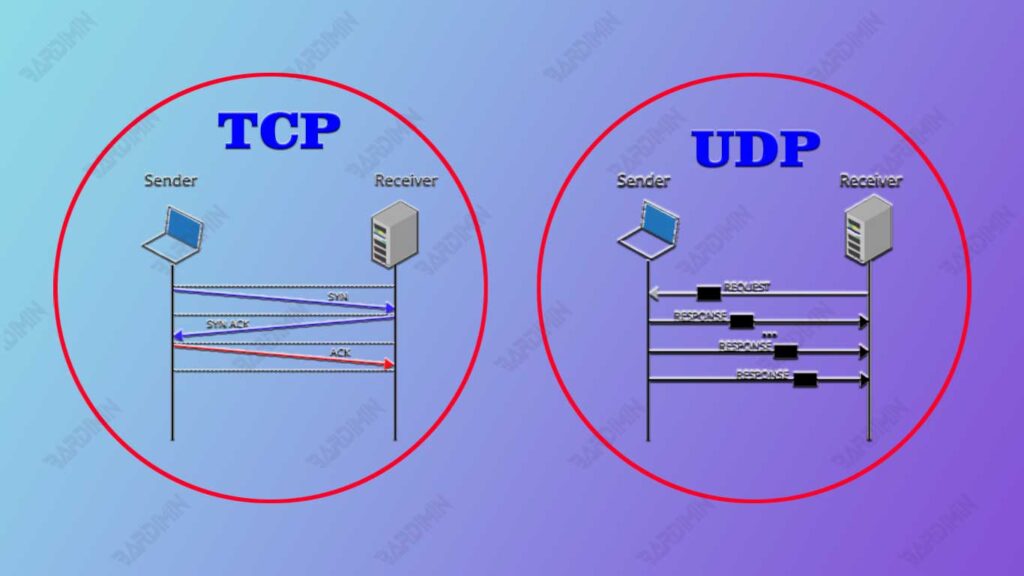A socket is the endpoint of two-way communication between two programs running on a network. Sockets allow applications to communicate with other applications on the same network or the internet. In the context of computer networking, sockets act as a link between the application layer and the transport layer, allowing data to be sent and received between the application and the network.
Sockets were first introduced in 1983 by Berkeley Software Distribution (BSD) as part of the Unix operating system. This development allowed Unix to become more flexible in network communication, and this BSD socket model was later widely adopted by various other operating systems, including Linux and Windows.
Over time, sockets have continued to evolve with the improvement of communication protocols and standards, supporting various modern networking technologies such as IPv6, and becoming an important foundation in the development of network applications.

Understanding the differences between Socket Stream (TCP), Datagram Socket (UDP), Raw Socket, and Sequential Packet Sockets allows developers to choose the right type of socket for their applications, improving the efficiency, reliability, and security of network communications. In addition, this knowledge also helps in troubleshooting network problems and optimizing application performance.
Types of Sockets
Socket Stream (TCP)
Socket Stream (TCP) is a type of socket that uses the Transmission Control Protocol (TCP) protocol for data communication. TCP is a connection-oriented protocol that provides reliable and sequential communication between two endpoints.
Socket Stream allows applications to send and receive an orderly, error-free stream of bytes. The data sent through the Socket Stream is broken down into small segments, transmitted, and then reassembled at the destination in the correct order.
Socket Stream is used when an application requires reliable communication and the order is maintained. Because TCP guarantees error-free and correct ordering of data, Socket Stream is suitable for applications such as:
- Web Browsers: Downloading web pages from a server.
- Email Clients: Send and receive emails via protocols such as SMTP, IMAP, and POP3.
- File Transfer: Sending and receiving files using the FTP protocol.
- Audio/Video Streaming: Transfers streaming data that requires the right sequence of data.
The use of Socket Stream ensures that all data sent will arrive at its destination in the correct order and without data loss.
Socket Datagram (UDP)
Datagram Socket (UDP) is a type of socket that uses the User Datagram Protocol (UDP) protocol for data communication. UDP is a connectionless protocol that does not guarantee reliable transmission and data sequences. Unlike TCP, UDP sends data packets (known as datagrams) without ensuring that they are received by the destination or arrive in the order they are sent. This makes UDP faster but less reliable than TCP.
Datagram sockets are used when speed is more important than reliability and when losing some data packets is not a big deal. Because UDP does not require connection formation and does not perform fault control, it has lower latency and is more efficient for certain applications. Datagram Sockets are suitable for applications such as:
- Streaming Media: Delivers audio or video that can tolerate little data loss.
- VoIP (Voice over IP): Voice communication over the internet that requires low latency.
- Online Gaming: A game that requires quick response and can tolerate occasional data loss.
- Broadcast and Multicast: Transmit data to multiple receivers at the same time.
The use of Datagram Sockets is ideal for situations where speed and efficiency are more important than reliability and perfect data sequences.
